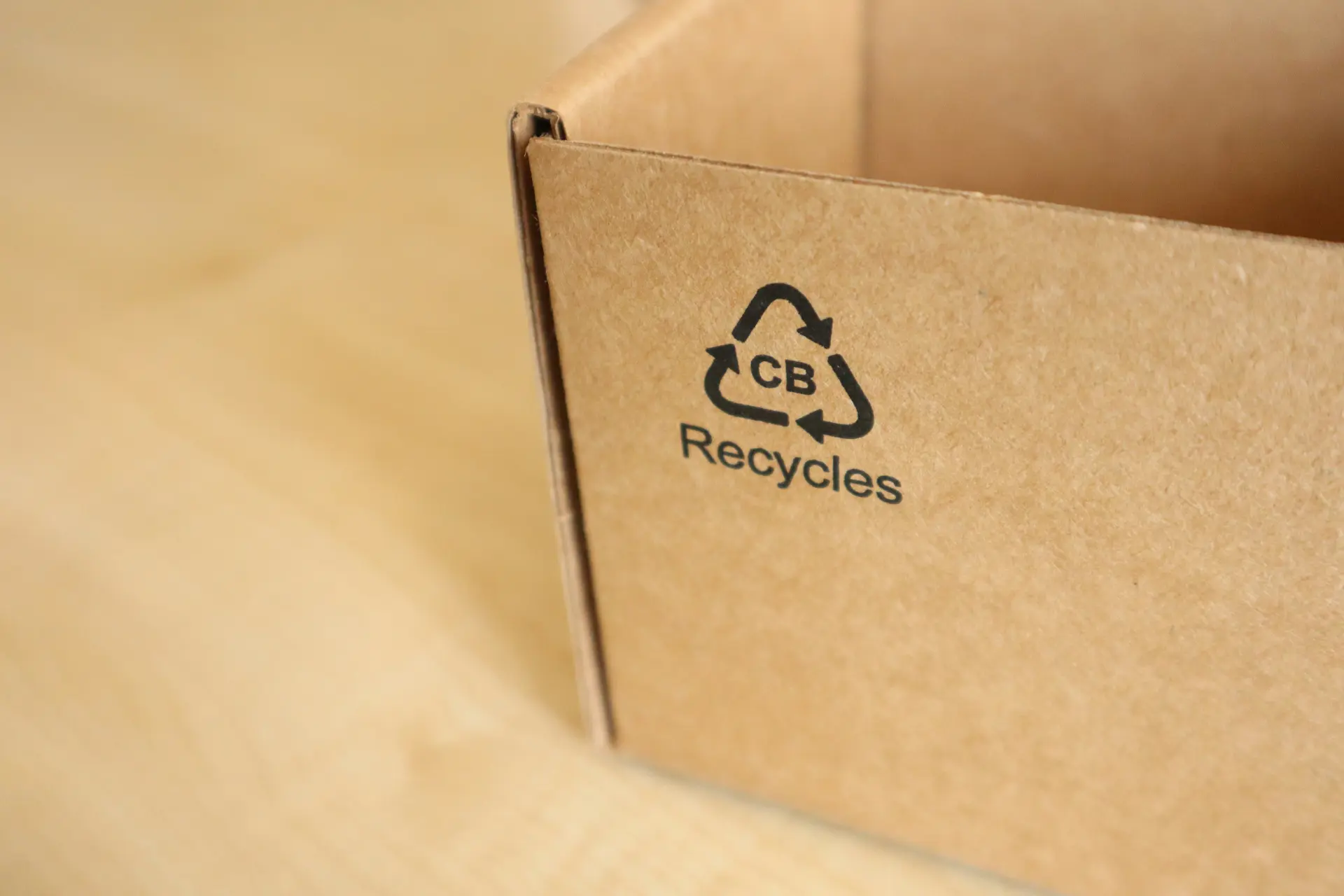The advantage of the digital label is that it is not limited by physical space, meaning further product information can be provided beyond the on-pack data.
Look no further than the rising number of thought-provoking documentaries over the last year such as ‘Seaspiracy’ and it’s no wonder that we have observed these trends. The desire to pursue a healthier, more sustainable lifestyle has been the catalyst for the rise in veganism, particularly in the UK. This has also contributed to the want to purchase organic, local and responsibly sourced produce.
Rand Europe have noted some of the key changes experienced regarding our new way of “lifestyle shopping” in the UK and Western markets. These include:
- Reduction in red meat consumption
- Reduction in salt intake
- Reduced sugar diets
- Increased demand for direct-to-door from sites including ‘Hello Fresh’
- Increased concern surrounding the social, environmental and ethical impacts of food choices (eg: cruelty free)
- Keto
- “Heart Smart”
- Vegan
- Low Fodmap
… to name a few, and not to mention pre-existing issues surrounding allergens! Consumers are now searching for products that meet these lifestyle choices, but the results returned for consumer-packaged goods (CPGs) are limited, despite the proliferation of products in the market that meet these varying criteria.
There are several influential drivers that have shaped the rise in these lifestyle habits as a result of the increasing want to know more about the food we are consuming. For example:
- Country of Origin
- Food Safety
- Food Quality
- Food Information
The rising wish to know exactly what we are consuming has exemplified the importance of accurate on-pack data to communicate to consumers all the knowledge needed to drive purchase decisions. Not only is this information key to ensuring CPG manufacturers and brands are satisfying consumer demands and complying to market regulations, but the consequences of inaccurate data can also be detrimental, particularly when concerning undeclared allergens.
The increase in lifestyle shopping has led to individuals shopping differently – more so by product type, rather than brand. This is due to the desire to have a more personalised shopping experience, tailoring diets specifically to individual needs and preferences. This shift suggests it makes complete sense to leverage product information that is stored in specifications to help these products become more visible and relevant to lifestyle search terms. The advantage of the digital label is that it is not limited by physical space, meaning further product information can be provided beyond the on-pack data.
This approach is exemplified by the pet food category and the consumer need to care for our beloved pets, of which human food manufacturers and retailers should take key learnings from.
A survey conducted by Nestle Purina Petcare Company found that 84% of pet owners are concerned by ingredients in their pets’ food, whilst Diamond Pet Food found 9/10 pet owners say it’s important to feed their pets just as healthily, or even healthier, than themselves. As owners now have greater access than ever before to nutrition and health information through online and connected solutions, they become self-made experts in nutrition. This leads them to carefully research and monitor what pet foods contain, as well as their pet’s health and wellbeing – allowing their furry friends to also benefit from personalisation.
This is reflected in the way that pet products are marketed and the results that are returned when searching, by focusing on transparency and product formulation in order to prove the trustworthiness of their healthy positioning. Strategies include the removal of potentially harmful substances and enhancing recipes with health-promoting ingredients.
Search for “foods for dogs with skin allergies” and you will be greeted by an endless array of products tailored to your pet’s needs: Tails.com, Pets At Home, Lily’s Kitchen, Nestle Purina Petcare Company…yet when we seek a specific product for humans, say, those that do not contain soya, you will likely be scrolling through endless pages of search results (health and recipe sites) before you are presented with soya-free produce.
So, with pet owners triggered by key terms such as “grain free”, “oral care” and “probiotics”, we ask why are we not presenting human food health in the same way as our pet’s?
Research into e-labelling found that retailer websites failed to advertise 92% of all products on the ‘digital shelf’ in filtered searches that would otherwise qualify to be presented based on tagged terms. Additionally, specific searches for “dairy free” produce only returned 1/3 of all possible results. This leaves consumers with a drastically limited selection of products, which can mean your business is losing out.
However, some retailers are jumping on these latest trends and are successfully monetising their brand value through an e-labelling process, such as Planet Organic – the UK’s first organic supermarket located in London. The company have effectively utilised tagging and search terms to optimise customer experiences by providing full returns on all filtered searches across all their product ranges. This allows their customers to shop by interest, allergy, preferences, plastic free, keto, vegan, gluten free, etc. This leverages the business to allow them to maximise profits and fulfil customer demand.
CPG brands and manufacturers should be seeking to capitalise on specification data in order to meet the new and ever-changing demands of the consumer and how they search. Businesses are holding valuable validated data that can be re-purposed for all consumer-facing communications. The digital label provides accurate and compliant product information, can highlight and tag lifestyle benefits and provides the opportunity for brands and manufacturers to organically rank their products through a lateral use of the product specification.
4Pack has been recognised by Gartner as a provider of both Label and Artwork Management (LAM) solutions and Packaging and Specification Content Management (PPSCM). Our blend of technology unifies product launch teams and enables the efficient management of data, artwork and assets to provide the perfect platform to capitalise on the re-purposing of data for all consumer-facing communications, both on-pack and digitally.
Sources:
- Understanding the fads, fears and facts behind pet food ingredient trends | 2020-01-24 | Pet Food Processing
- Pet Owners Want Their Pets to Eat Healthier Foods Than They (globenewswire.com)
- Healthy lifestyle, a pet food trend powered by nutrition – Appetizer – Diana Pet Food (appetizerblog.com)
- 2020 Pet Food Trends: How Human Food Trends Influence Pet Food | Alphia
- Food consumption in the UK: Trends, attitudes and drivers (rand.org)
- Statista (2019) UK: Healthy Eating Stats 2019
At 4Pack, we help you fully leverage your product information, artwork and assets to aid in filling the digital shelves and gain market share. Contact us, contact@4-pack.co.uk, to find out more.



